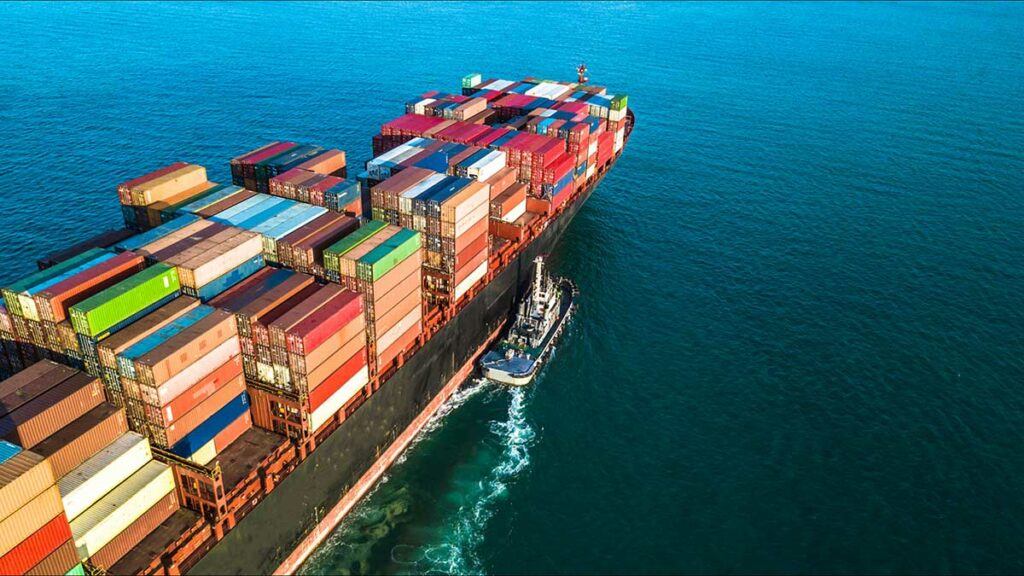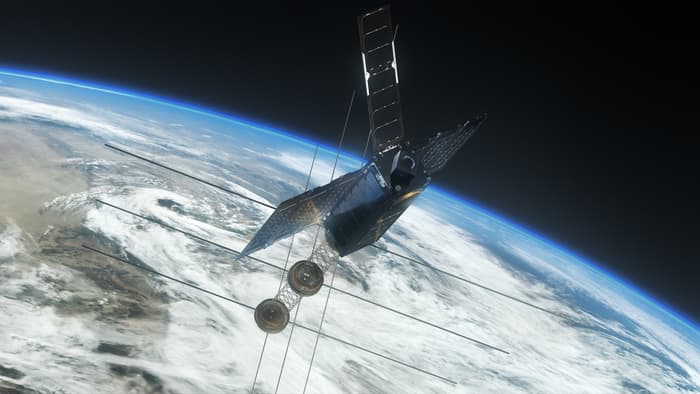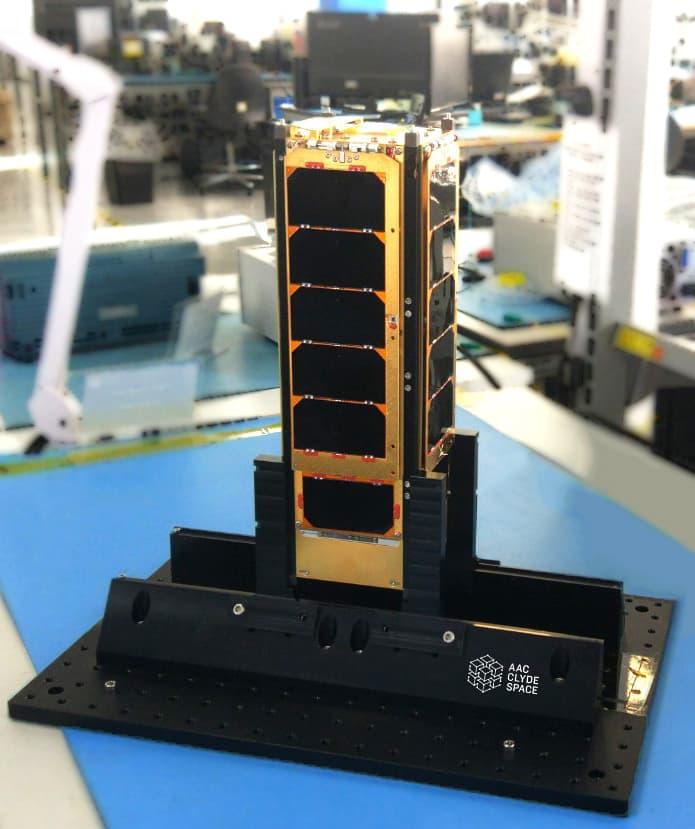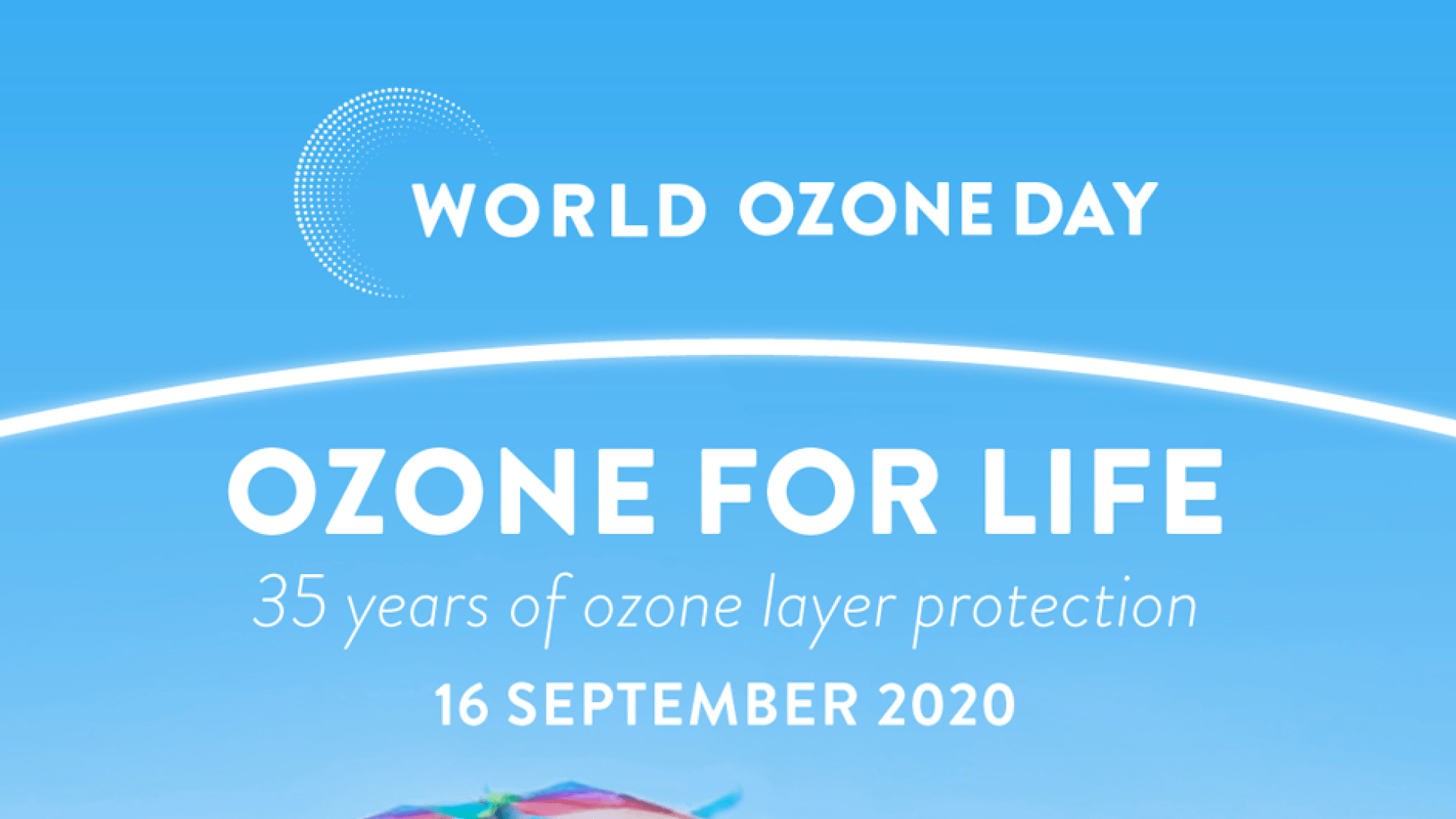
It’s International Day of the Protection of the Ozone Layer
In the mid-1980s the discovery of the thinning of the ozone layer over the Antarctica, known as the ozone layer hole, was confirmed by satellite measurements. This scientific confirmation prompted action internationally to protect the Earth’s ozone layer. Today marks the landmark environmental agreement, The Montreal Protocol, being signed in 1987.
Watch the United Nations video World Ozone Day – Ozone for Life!
The ozone in the high atmosphere is critical for life on Earth as it shields the Sun’s UV radiation; any significant increase in the amount of UV radiation would have huge global ramifications, from effecting marine ecosystems, increasing the rate of skin cancer in humans to reductions in crop yields, so accurate and timely information about its density is critical for humanity. Satellites are used to give us the ability to monitor events in real-time and look for trends in changes to key indicators, such as gas concentration. Academia, government agencies and industry are joining forces like never before to design increasingly accurate instruments and satellites to improve environmental surveillance and generate reliable data, filling in the gaps of our understanding for informed decision making.
Sustainability and preserving the health of our environment is at the forefront of AAC Clyde Space’s values and we work with our partners to enable their applications for the next generation of environmental mission solutions.
As of June this year, AAC Clyde Space delivered The Pico-Satellite for Atmospheric and Space Science Observations (PICASSO) CubeSat, a 3U form factor CubeSat built in Glasgow for a European Space Agency earth observation mission. This mission was developed for ESA by the Belgian Institute of Space Aeronomy with VTT Finland. PICASSO is a gold-plated satellite composed of two scientific payloads: a hyper-spectral imager in the visible spectrum, that will primarily map the ozone in the stratosphere, and a Sweeping Langmuir Probe that will measure electron density and temperature in the plasma around the satellite. PICASSO will use filtering of sunlight by the Earth’s atmosphere to check the health of our ozone layer and map ozone concentration profiles. Science missions such as PICASSO monitor in real time and send this data back to earth for analysis, a vital contribution to our understanding and ultimately the preservation of the ozone layer.
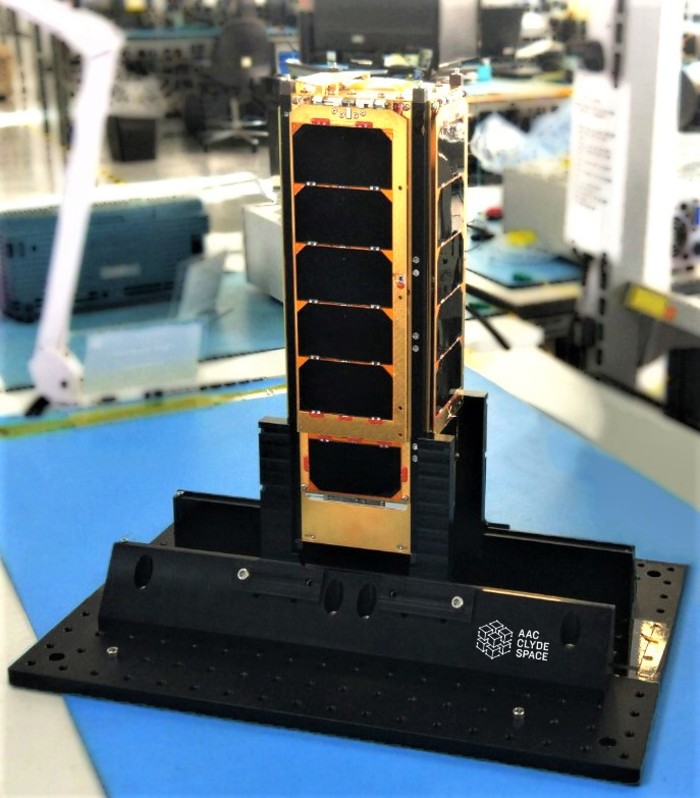
Satellites have been collecting data to monitor our planet’s ozone layer in a way that could not be achieved by any other means. PICASSO aims to show that such measurements can be successfully done with very small satellites reducing the financial barriers that otherwise stop innovative scientific missions. With greenhouse gas emissions rising at a rate much faster than anticipated, more ambitious plans and accelerated actions are needed. The high performance nature of CubeSats is opening up access to space for small countries, institutions and commercial organisations environmental monitoring needs like never before and AAC Clyde Space pride themselves in both providing these high tech CubeSats and championing the need to protect our ozone and the environment.
Further links:
Sign up to our newsletters for the latest news, projects and more delivered straight to your inbox
"*" indicates required fields
